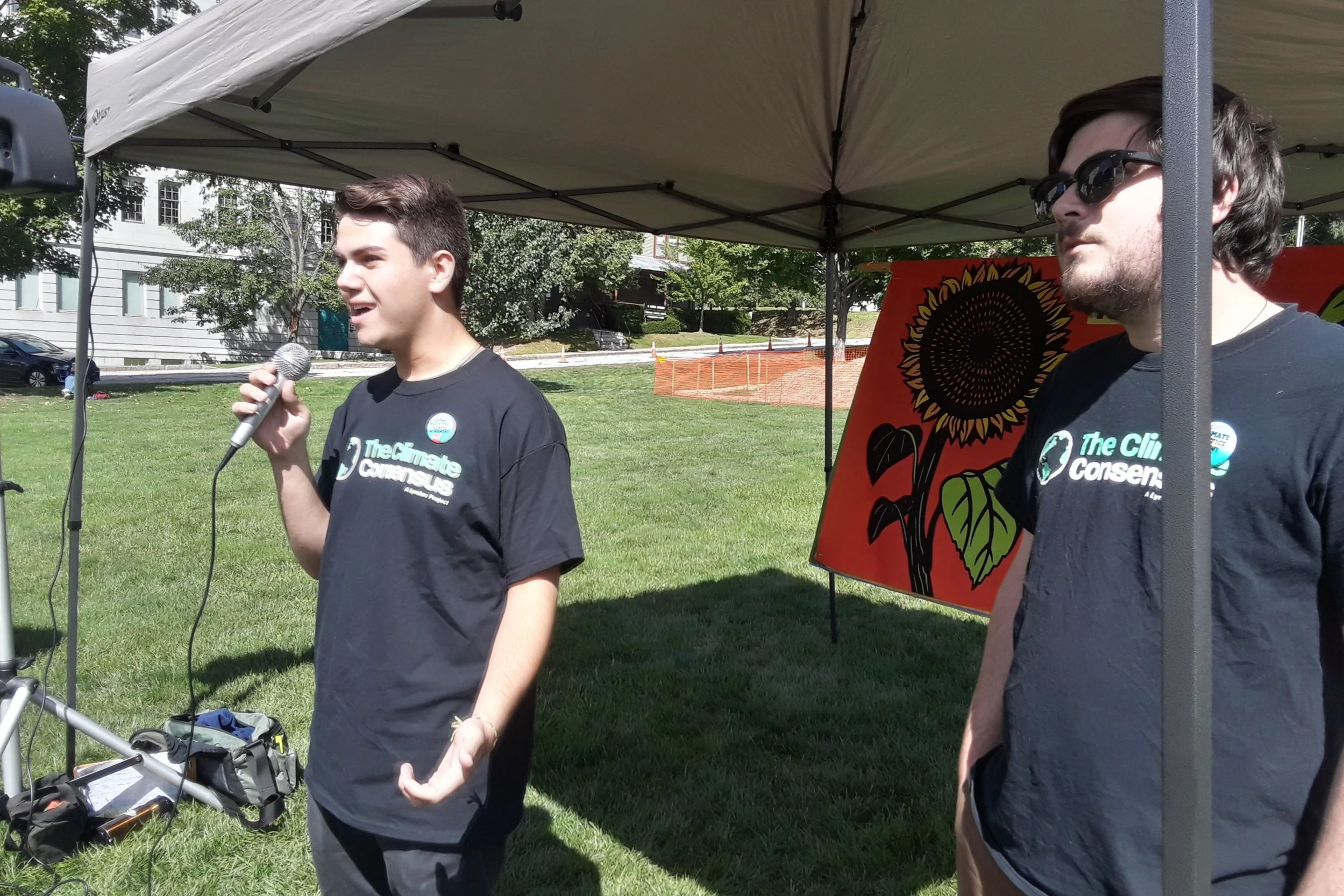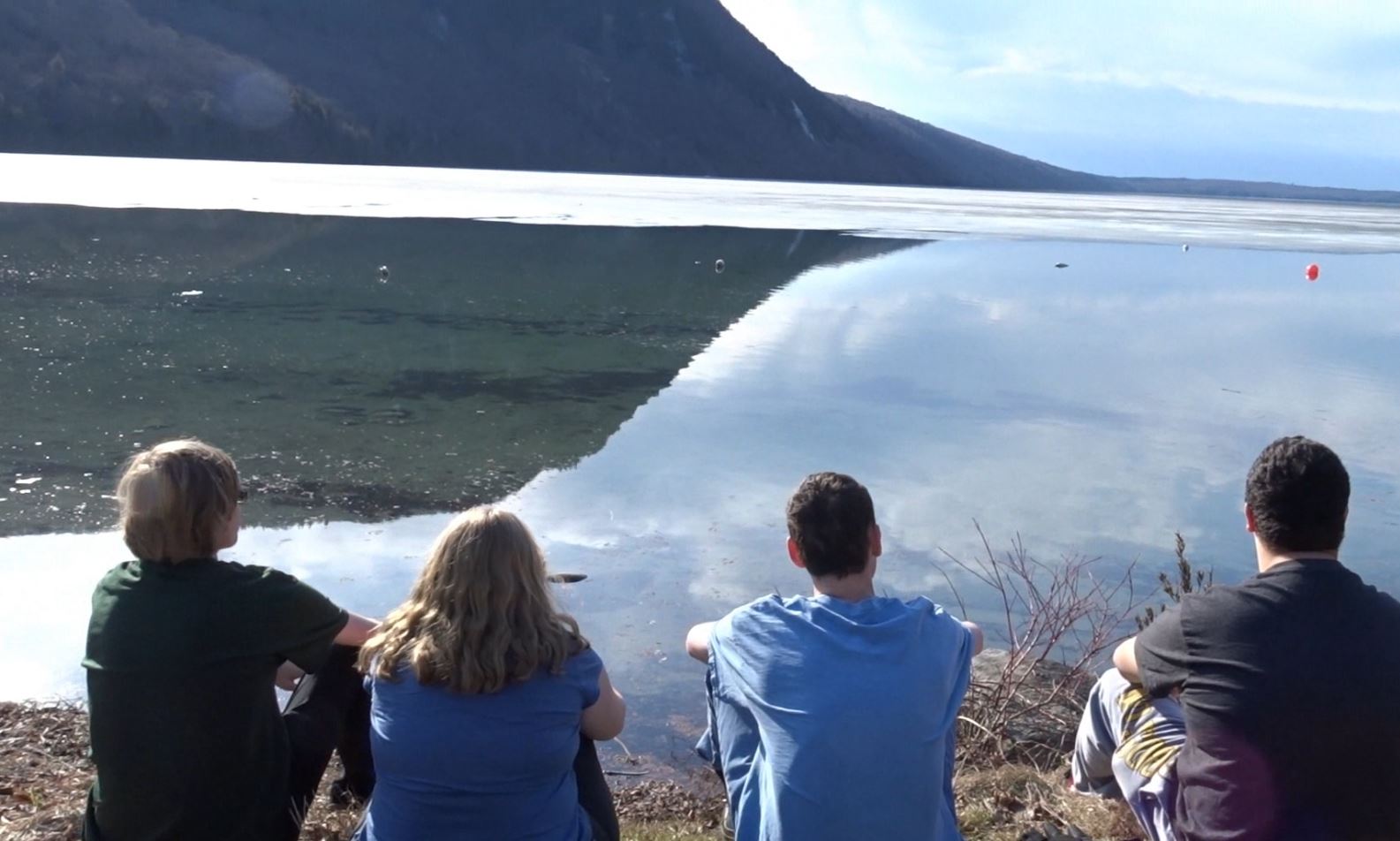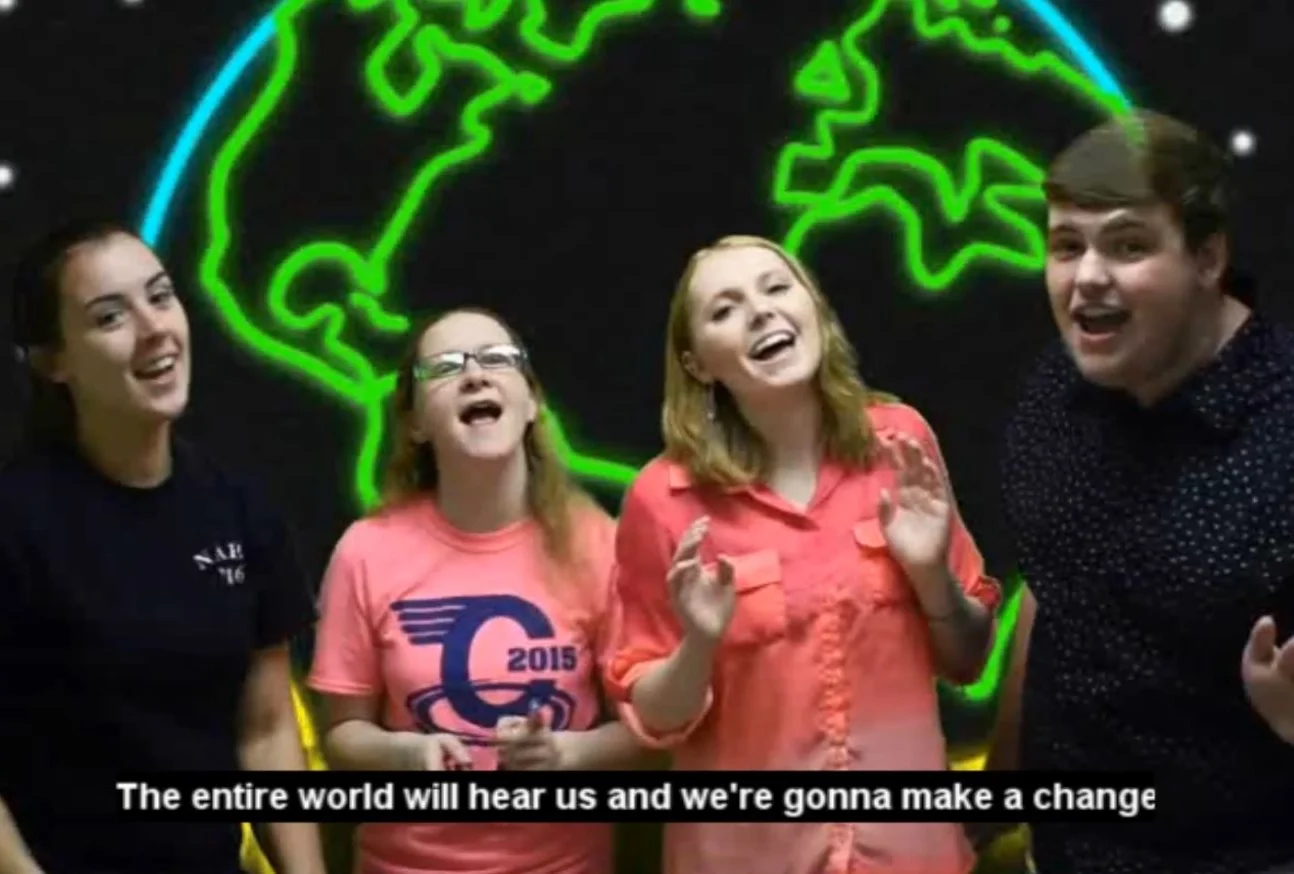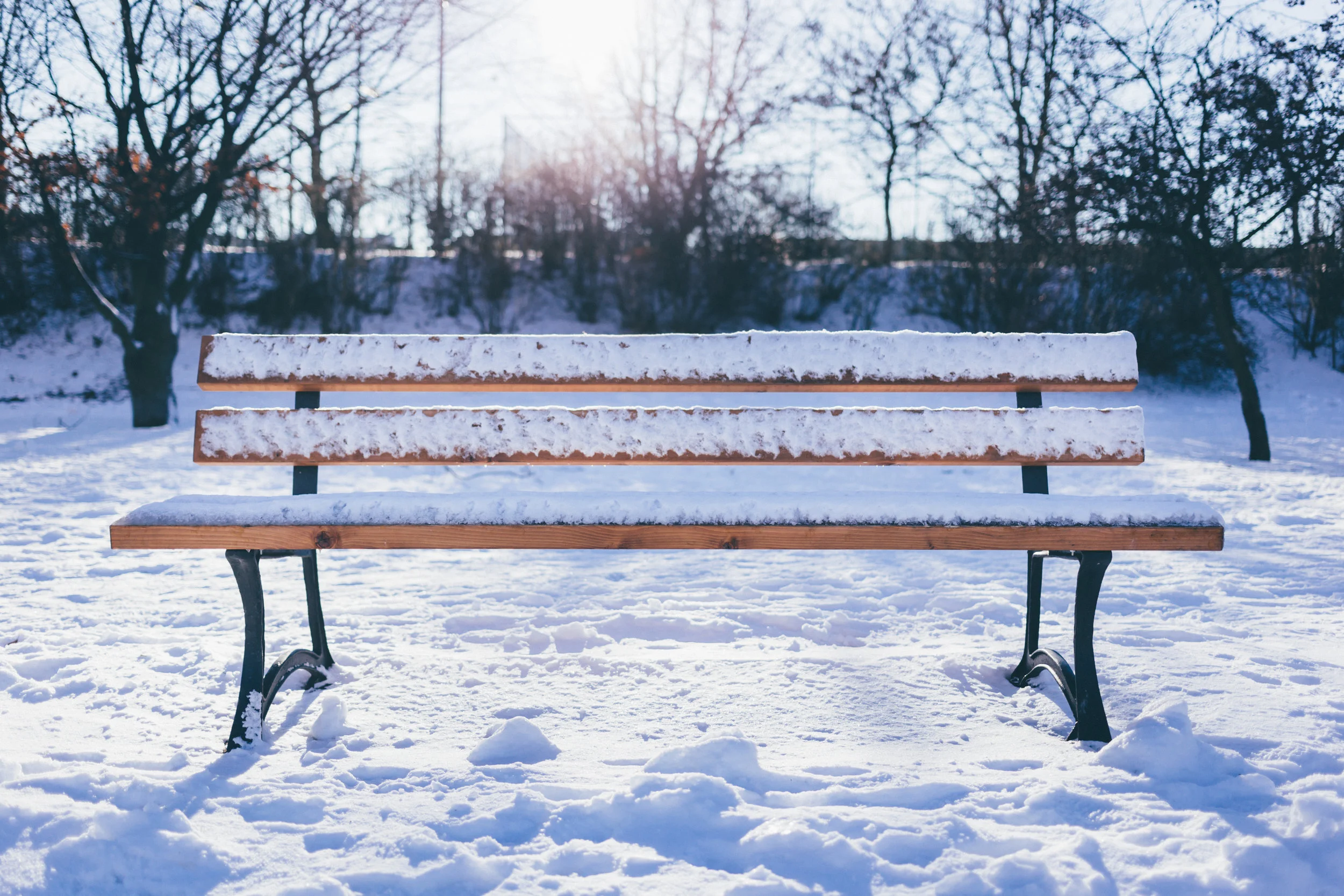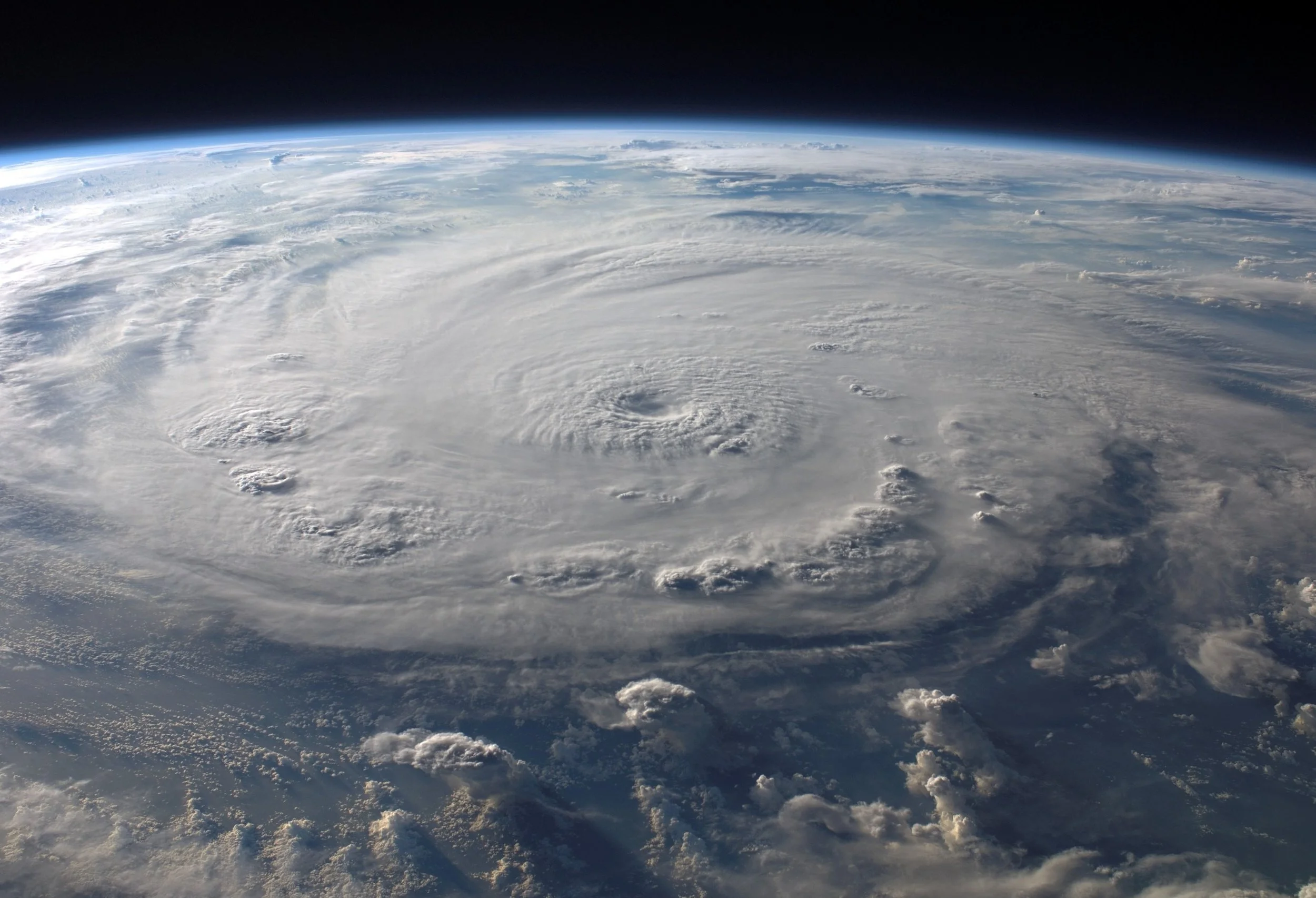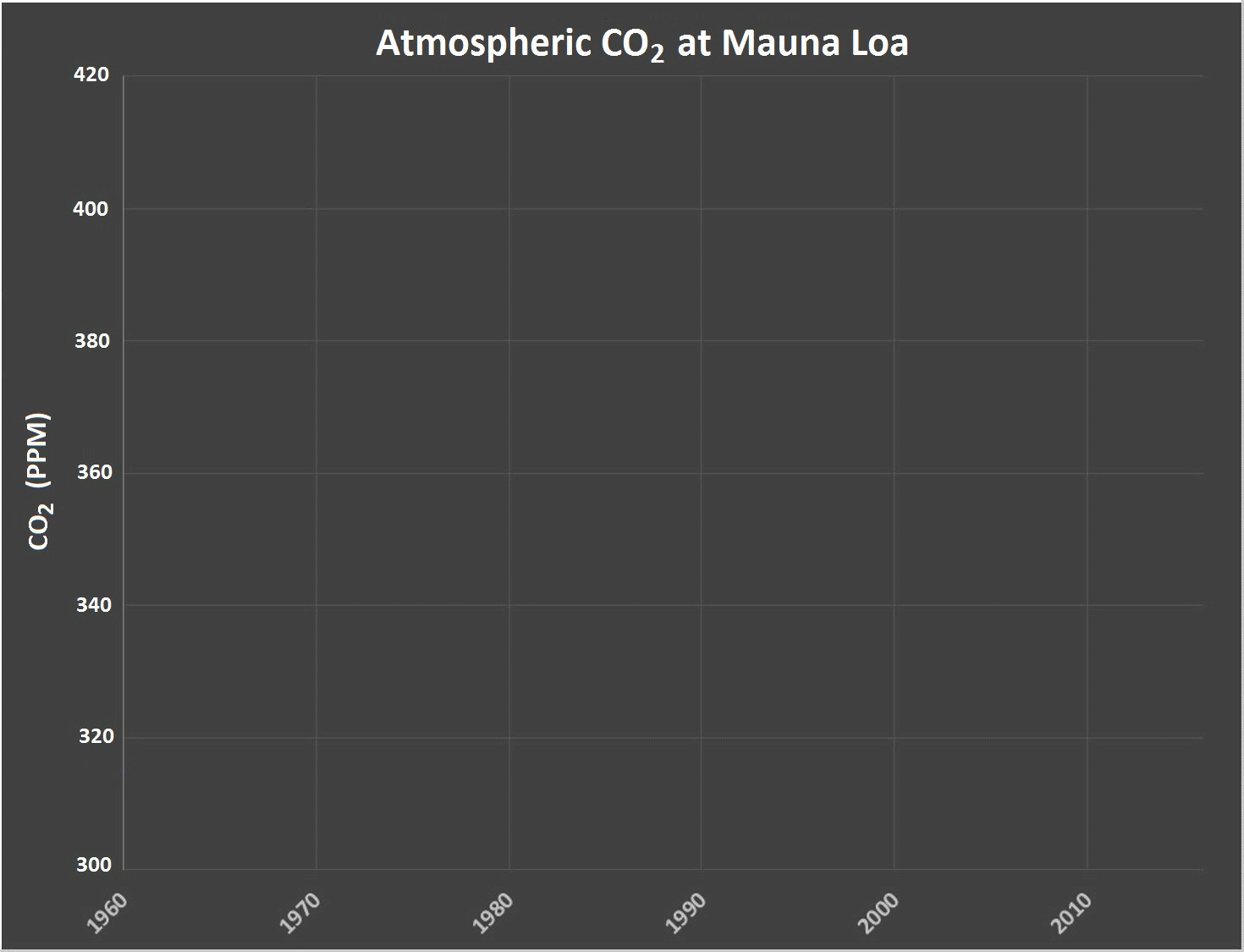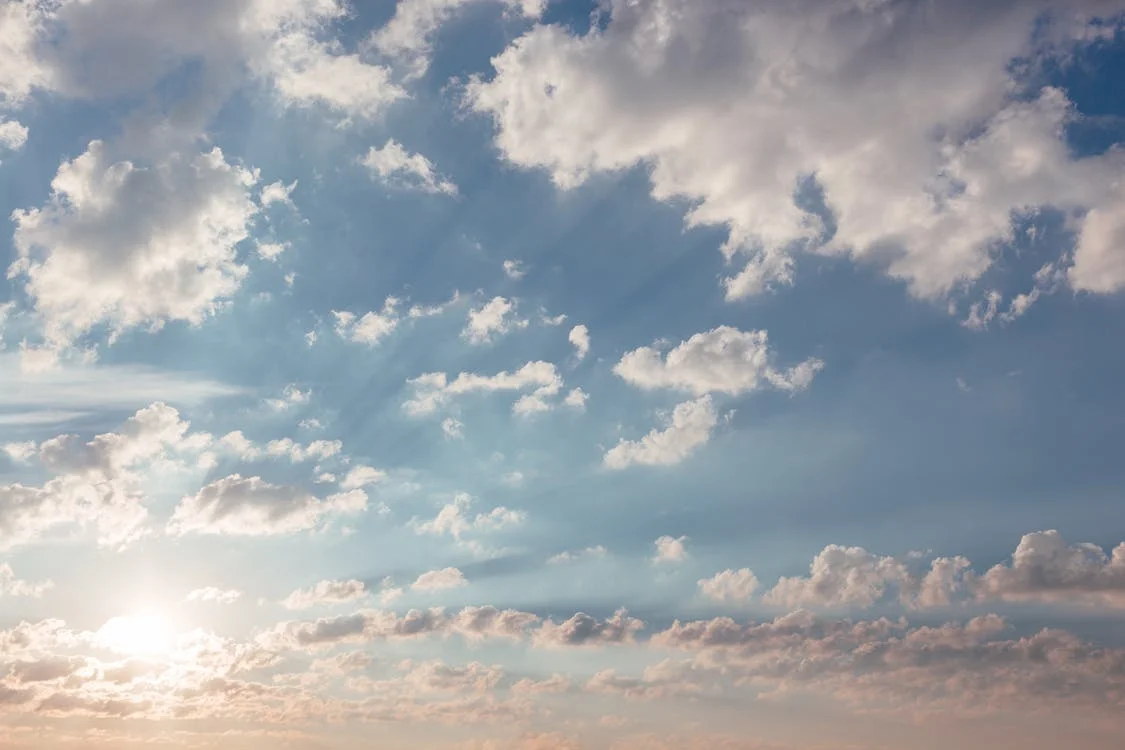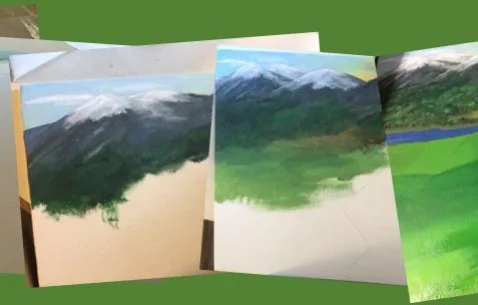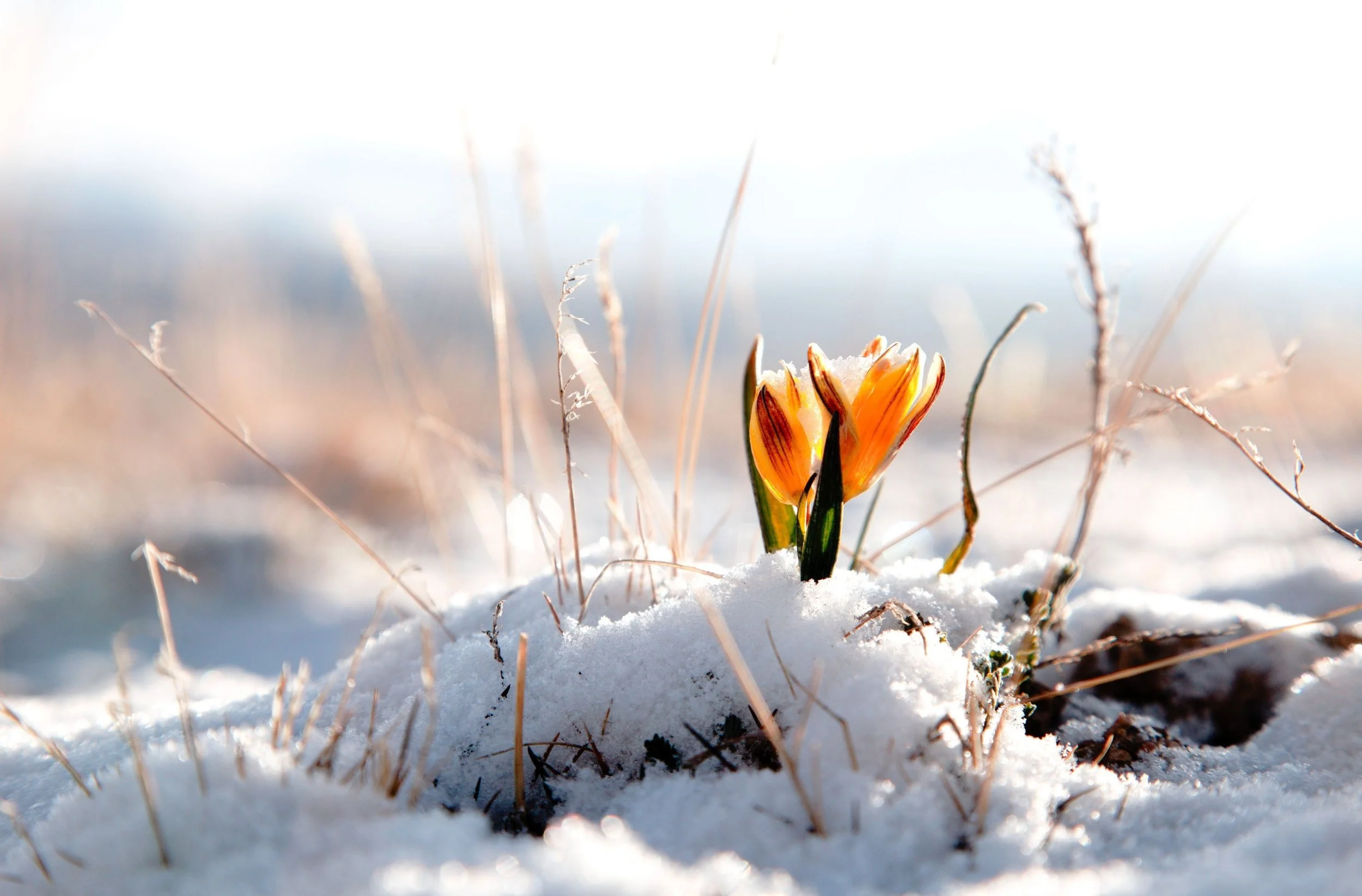Created by Madeline DeGroot, Samantha Lesmerises, and Karellen Frazier
Northern Vermont University at Lyndon
Public speaking can be difficult, especially when the topic is a divisive one, like climate change. In spite of this, upcoming scientists are talking, and many of them are learning important communication skills along the way.
Read MoreGlobal warming impacts are unique to each region on our planet, but they are most prevalent in places that are cold year-round. One scientist had an opportunity to observe the impacts of “regional warming” on glaciers first hand. This experience empowered her to make a difference and ultimately informed her career path.
Read MoreCreated by John Drugan, Sarah Sickles, Alex Dasilva, Alex Doone, and Radek Przygodzki
Northern Vermont University at Lyndon
Created by Lillie Farrell, Jon Hutchinson, Taylor Leitch, and Rosemary Webb
Northern Vermont University at Lyndon
Water is vital for life. It is required to grow crops, manufacture goods, and to maintain clean and safe cities and communities. With climate change, however, our reliable water sources are becoming less reliable.
Read MoreWhat does a "true" winter look like in Vermont? This image is quickly changing changing and college students are taking notice.
Read MoreAs frigid air pours down from the Arctic, 2018 New Years celebrations across the northern and eastern US could indeed be the COLDEST on record. So, where’s global warming?
Read MoreAs our climate changes, so will the behavior of hurricanes. November 30th marked the official end to this year's record breaking season. Moving into the future, will this season prove to be an anomaly or did we just experience our new normal?
Read MoreWeather forecasts are only skillful up to about a week but climate models can provide valuable information much farther into the future. How is this possible? Think about planning a camping trip and growing a garden.
Read MoreHow much CO2 was in our atmosphere when your favorite album was released?
Read MoreThe greenhouse effect occurs naturally, but human actions are to blame for current global warming. How is this possible? Think about living in a house.
Read MoreOur climate has a groove and we are throwing it off!
Read MoreStratospheric temperatures have been cooling over the past few decades and even reached a record low in 2016. Clearly there is no global warming, right?
Read MoreThe atmosphere is so big. How could human actions really have an impact? Have you ever burned a piece of toast in your kitchen? Maybe our atmosphere isn't so big after all...
Read MoreImagine you are planning a hike in the mountains, but there are severe weather warnings. Will you be the cautious and responsible friend, or will you put everyone at risk?
Read MoreIf we suddenly stopped emitting carbon, global temperatures would continue to increase. How is this possible? Think about heating a loaf of bread.
Read MoreCreated by Celia Fisher
Lyndon State College
Atmospheric water vapor is increasing, resulting in higher global temperatures, and human actions are to blame. How is this possible? Imagine that you are sitting in a boat in the ocean.
Read MoreGrilling out in February? If this is what global warming looks like, I’ll take it!
Wait... Is this what global warming looks like?


